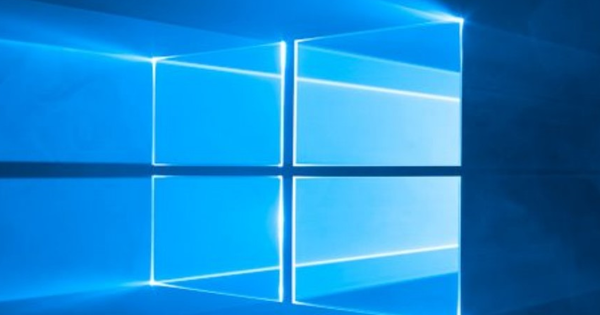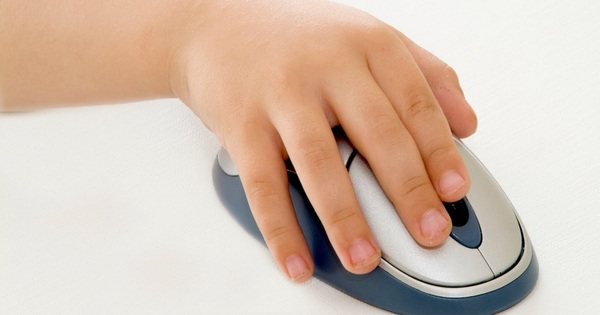The Nokia 1.3 is a smartphone with special Android Go software and a very competitive price tag of 99 euros. Does the phone offer enough value for money or is it better to save? You can read it in this Nokia 1.3 review.
Nokia 1.3
MSRP € 99,-Colors Black, gold and blue
OS Android 10 (Go Edition)
Screen 5.71 inch LCD (1520 x 720) 60Hz
Processor 1.3GHz quad-core (Snapdragon 215)
RAM 1GB
Storage 16GB (expandable)
Battery 3,000 mAh
Camera 8 megapixel (rear), 5 megapixel (front)
Connectivity 4G (LTE), Bluetooth 4.2, Wi-Fi 4, GPS
Format 14.7 x 7.1 x 0.94cm
Weight 155 grams
Website www.nokia.com 8 Score 80
- Pros
- Removable battery
- Android Go Edition and 2 years of updates
- Great screen
- Negatives
- Limited hardware
- Removing the back is a drama
The exterior of the smartphone leaves a mixed impression. Despite its plastic housing, the device feels solid and lies comfortably in the hand. The trouble starts when you want to remove the back, something that Nokia says is so easy. It took me fifteen minutes, two half nails and a lot of swearing. In the six years I've been testing smartphones, I've never experienced such a hard-to-replace back. I can hear you thinking: then I just let it sit there, right? Unfortunately, that's not possible. You have to remove the back to put the battery, your SIM card(s) and possibly micro-SD card in the phone. The exchangeable battery is nice because you can easily replace it when it is worn out after a few years. With an extra battery in your pocket, you are also not dependent on a power bank or socket.

Great screen
The screen of the Nokia 1.3 measures 5.71 inches and can just be operated with one hand. At the top of the screen is a large cutout for the mediocre selfie camera. The display is better: the HD resolution means that the image looks sharp and things like the brightness and color reproduction are also good enough. Please note: for a smartphone that costs less than a hundred euros. More expensive phones have a better screen.

Bad cameras
The low selling price is also reflected in the hardware. The Nokia 1.3 can only handle 2.4GHz Wi-Fi networks (Wi-Fi 4), lacks a fingerprint scanner and has one simple camera on the back. You can take photos with it for WhatsApp or Facebook, but that's about it.
The used Snapdragon 215 processor and 1GB of RAM provide a slow smartphone that regularly stutters. Many apps run with hitches. Games can hardly be played on this device. In my days with the Nokia 1.3, I've found that phones from $150 to $200 are significantly faster than this model.



The storage memory of the smartphone is also limited with 16GB. You have about 13GB at your disposal to store apps, photos and other media. You can expand the memory with a micro SD card. The 3000 mAh battery is relatively large, but unfortunately this is not reflected in the battery life. The Nokia 1.3 lasts for a day without any problems and then needs to be charged. This also applies to the competition, often with smaller batteries. Charging the battery takes hours via the micro USB port. It is nice that in addition to a USB cable, Nokia also includes a plug – not standard in this price segment.

Android 10 (Go Edition)
Like many other dirt-cheap Android smartphones, the Nokia 1.3 runs on Android 10 (Go Edition). At the time of publication, this is the latest version of Android Go, software specially made for budget phones. Android Go is easy to use and offers all the features and apps you need. There is a lot of emphasis on the use of the Google Assistant and I would have liked that less.



What is special is that Nokia guarantees a clear update policy for the 1.3. The device will get Android 11 anyway, which will be released this fall. The manufacturer also promises to roll out security updates until April 2022. Experiences with older, cheap Nokia phones show that Nokia keeps its promises, but usually takes a long time for this. Nevertheless, it is very nice that such a cheap smartphone gets software updates for a while.
Conclusion: buy Nokia 1.3?
If for whatever reason you don't want to spend more than a hundred euros on a new smartphone, the Nokia 1.3 is definitely worth considering. The device does what it's supposed to do, runs user-friendly software and gets more frequent and longer updates than most competitors. If you are willing and able to deposit 150 euros, I strongly advise you to do so. It provides you with a significantly better and more complete smartphone, which benefits the user experience every day and for a long time. Check here our current overview with the best smartphones up to 150 euros and the best devices between 150 and 200 euros.

